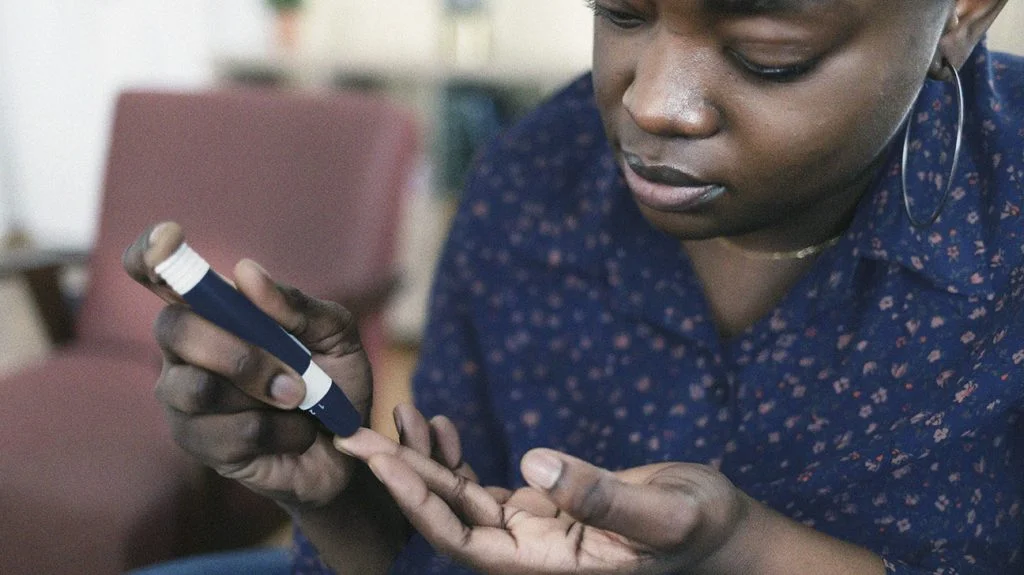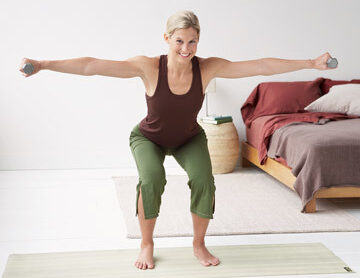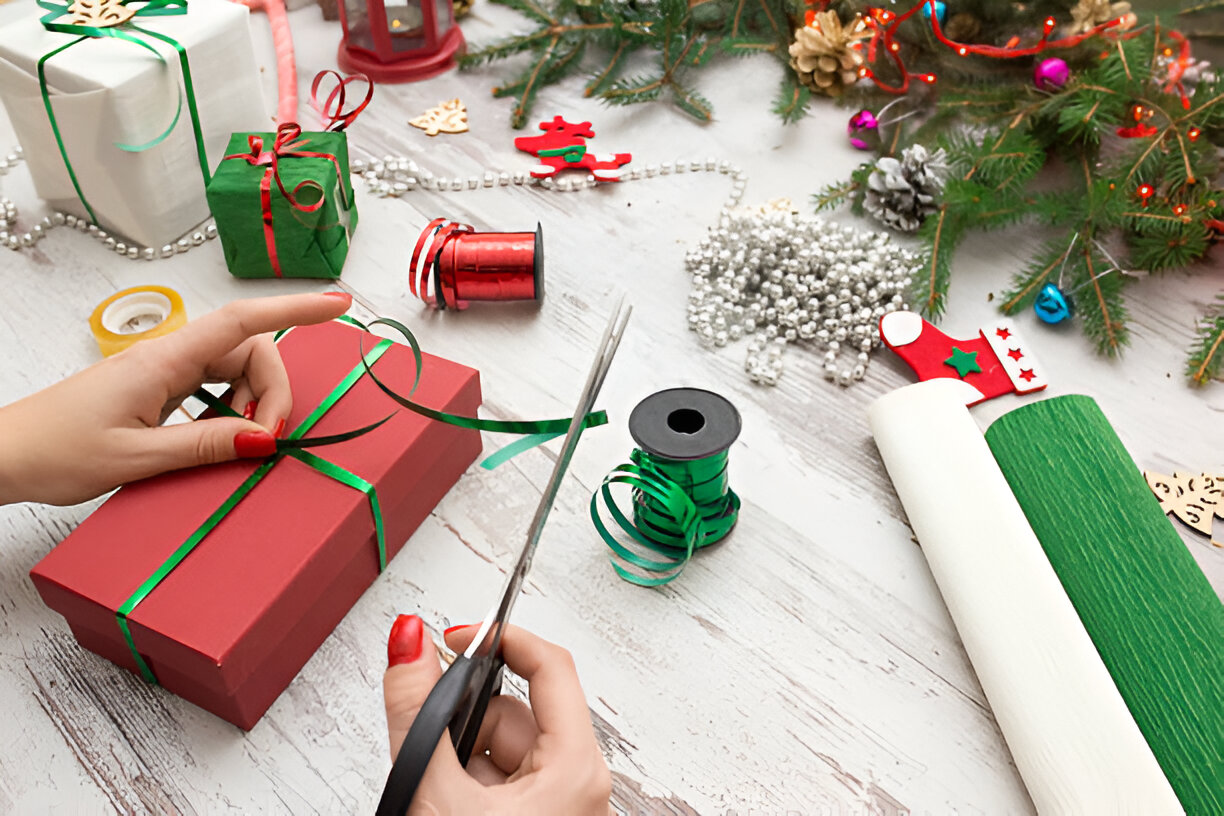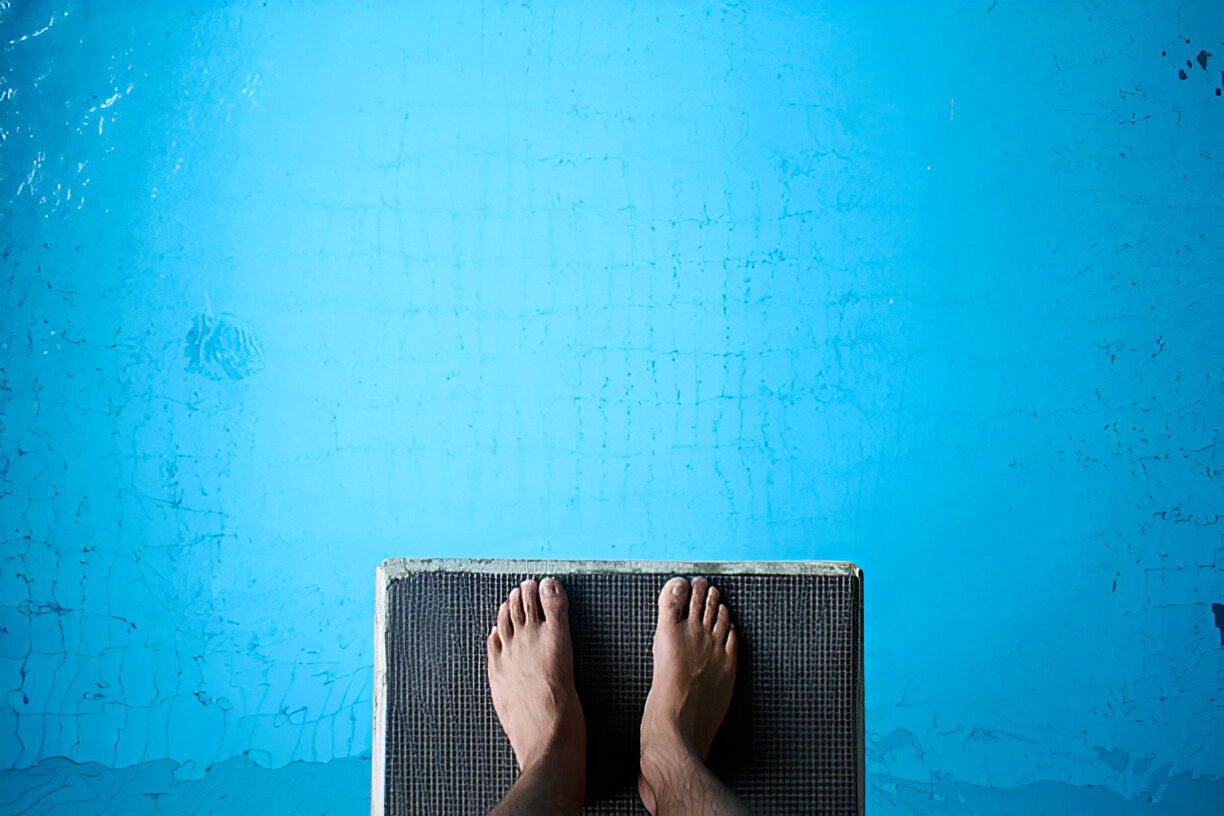
Getting Started
- Sturdy garbage bags and cardboard boxes: Label one “trash,” one “donations,” and one “sell.” Designate another for threadbare towels and T-shirts that you can use for cleaning.
- A box of gallon-size resealable plastic bags to keep single items for storage or giveaway
- Masking tape
- Medium-size sticky notes
- A waterproof marker
(This plan is adapted from the book “Throw Out Fifty Things: Clear Your Clutter, Find Your Life.” Copyright 2009 by Gail Blanke. Reprinted by permission of Springboard Press, New York, NY. All rights reserved.)
The Bedroom

Since who you are begins with how you see yourself, the place to start spring cleaning is your bedroom. After all, that's where you keep the clothes, jewelry, and accessories that collectively represent your identity to the world.
How would you describe your style? What would you like to change or update? Finding (or in some cases, reinventing) your best self begins with identifying the “you” that you want to present to the world — and that involves clearing out the clutter. You can always revisit some old looks later if the spirit moves you. But right now, we're moving forward.
Do a Wardrobe Walk-Through

Now peel away the next layer. Open all your drawers again and examine the clothes, shoes, and accessories you find there. Be honest: What do you tend to pass over (and as a result, haven't worn in years)? What no longer serves a real purpose in your life? What about those dated suits? Or those too-small sweaters your sister-in-law keeps giving you for Christmas? How do some of the items make you feel? We can't all run out and buy a new wardrobe, but we can gradually edit out the stuff that no longer makes us feel good. Identify these things and add them to the pile.
Sort It Out

Look at what you've purged and decide where it all will go. Mark boxes destined for Goodwill, reuse (old socks make great dusters), pass along (your friend Susie might like that old bracelet), or the trash, and sorting the piles accordingly. Put shoes, old jewelry, and small accessories into boxes or resealable plastic bags, and label everything with your sticky notes and waterproof pen. To avoid having the boxes sit around (more clutter!), go, right now, and deliver them to their respective destinations.
The Attic or Basement

Storage spaces are bittersweet places. That's why we spend years talking about how we have to go up (or down) there and throw stuff out, but somehow never get around to it. These rooms house things we don't know what to do with, such as old mattresses and box springs, fading photographs, and mementos.
But it's not just simple clutter; it's also chock-full of memories, items that call up good times and bad, all of which elicit emotions. Clearing out the clutter comes down to deciding why you're keeping what's there.
Keep the Good, Chuck the Bad

We've all had those middle-of-the-night moments when we castigate ourselves for not knowing better, not trying harder, not being perfect. But if you spend all your energy reliving things that didn't work, you'll have no energy for finding new ways to be fulfilled.
House only the positive memories. Anything that reminds you of a difficult or negative experience or a time when you felt bad has to go. No matter how valuable it is, what we surround ourselves with — even if it's stashed way up in the attic — influences our thinking.
Give Each Item the Three-Question Test

Do you love it? Do you need it now? Can you imagine yourself or anyone in your family ever loving or needing it in the foreseeable future? If you can't answer yes to any one of these questions, sell it, donate it, or recycle it.
Stem the Flow

Stop clutter before it happens by checking yourself the next time you go in there to stash something new. Ask those same three questions. If it doesn't pass the test, rather than bring it up the stairs (or down), turn around and take it to the curb, where someone else can pick it up.
Kick the “Shoulds”

While it can be difficult to fight those voices telling you to hold on to things (especially the one that sounds a lot like your mother's), giving in to the notion of what other people think won't do your decluttering efforts any good. If you feel yourself caving under advice to keep that old, saggy bed or splintery shelf, dig in your heels, and don't look back. Out it goes — to someplace where it will enjoy a fuller life than it would have in your attic.
The Office

Desk clutter can prove physically and mentally overwhelming. Sure, you need a place to put bills, but your desk is also mission control for your life and your career. How much of this stuff has anything to do with who you are now and who you're becoming?
This is where your “brand” comes in. When you know who you are at your core and what distinguishes you, you can more easily let go of the stuff that no longer “fits.” What's your brand's promise? What do you love doing, and what are you committed to delivering every time? Maybe it's your ability to come up with fresh ideas, to connect with people, or to solve the unsolvable. Anything and everything that doesn't fit with that description is ripe for the decluttering bins — both mental and physical.





















